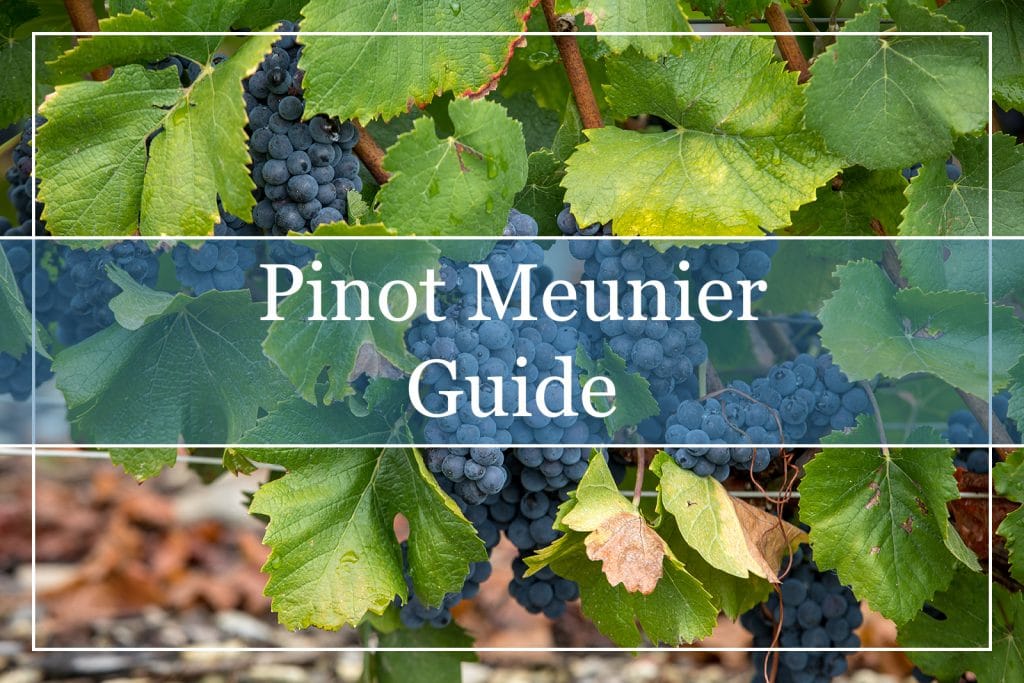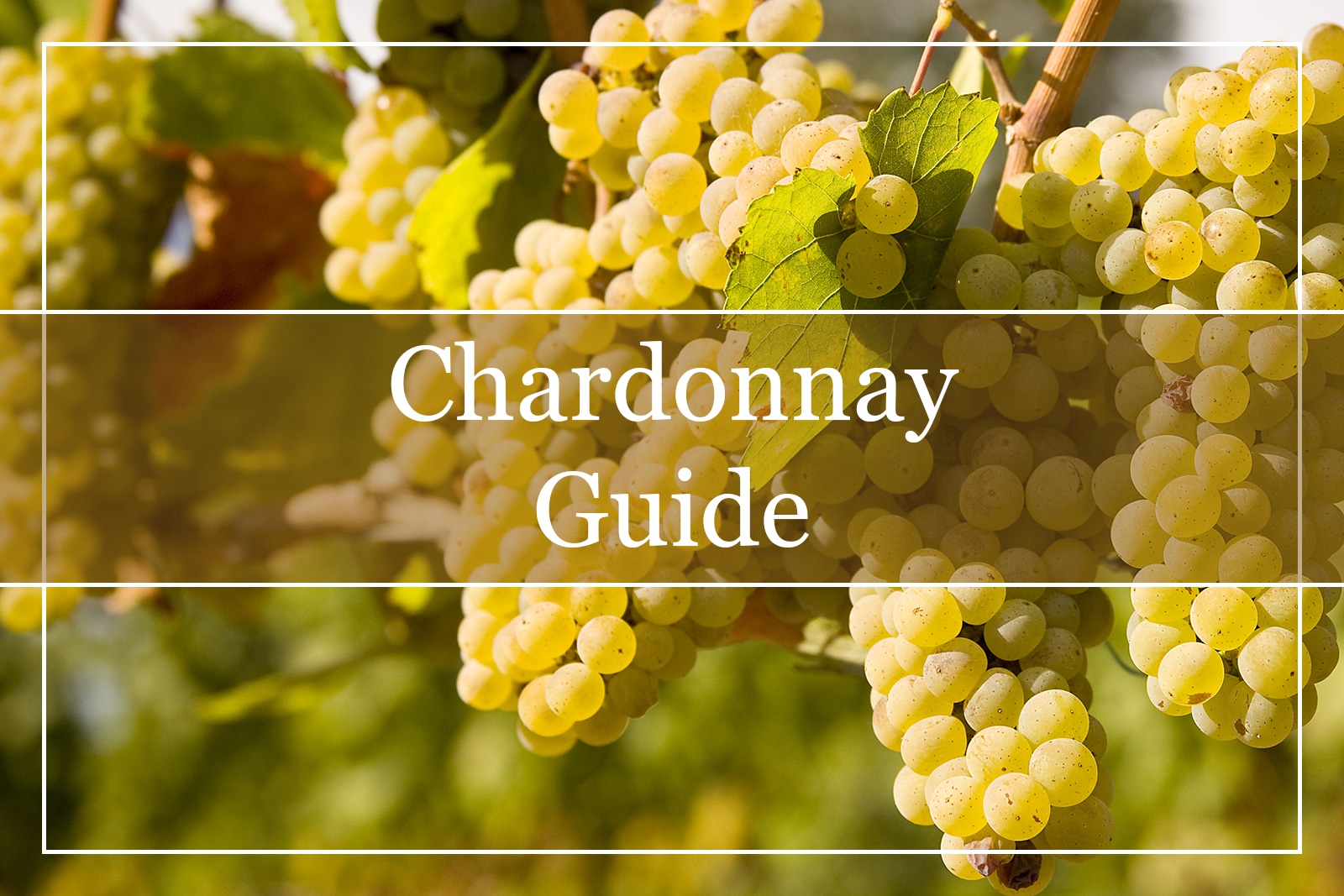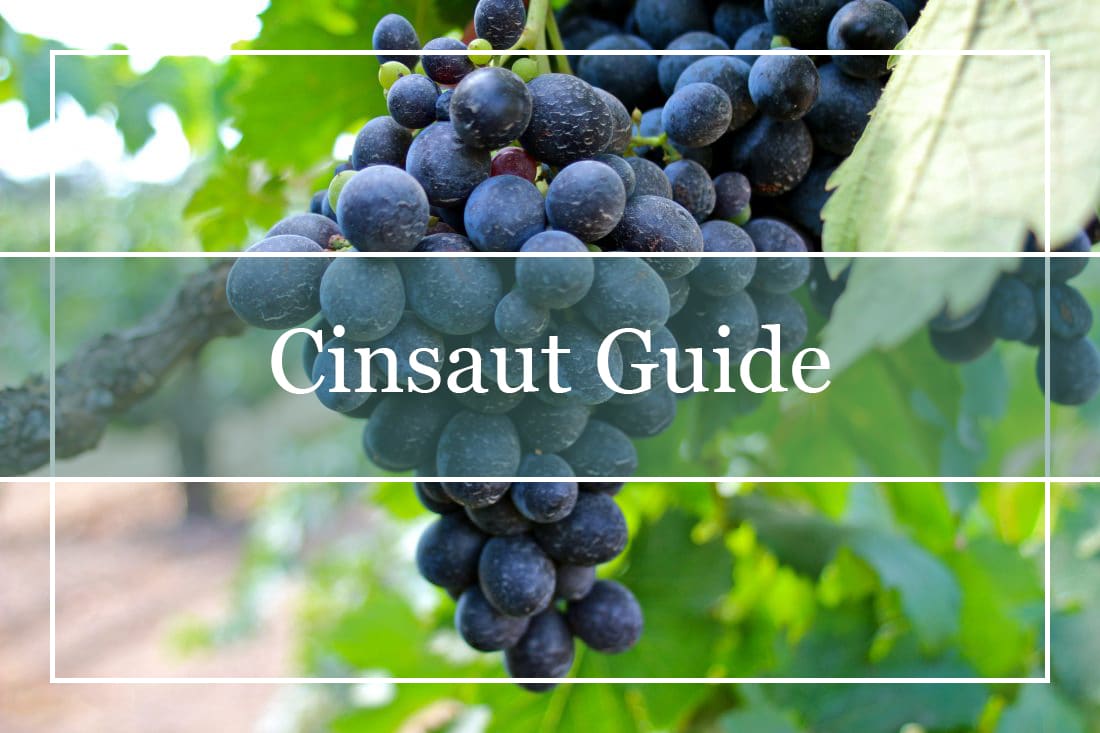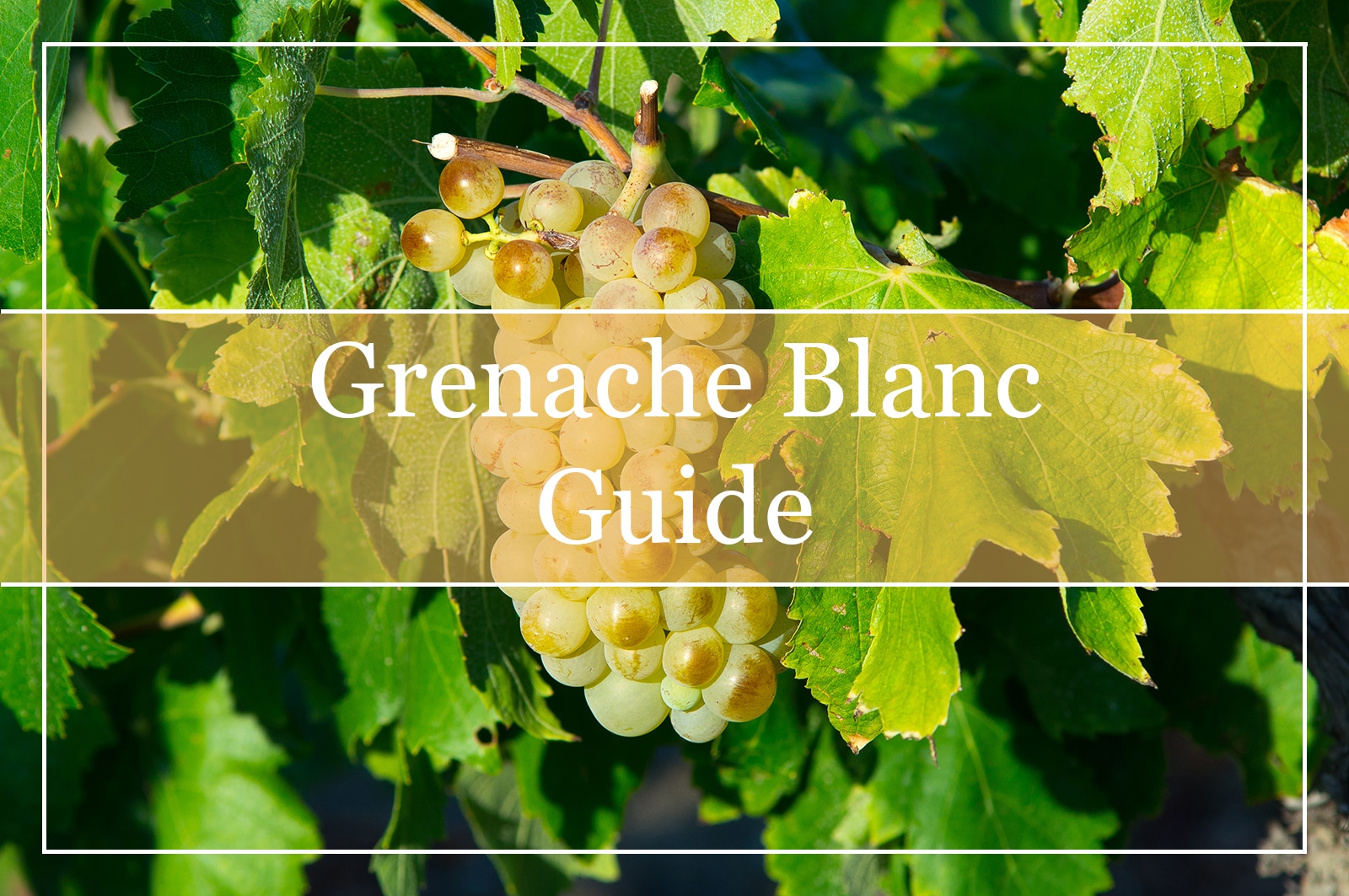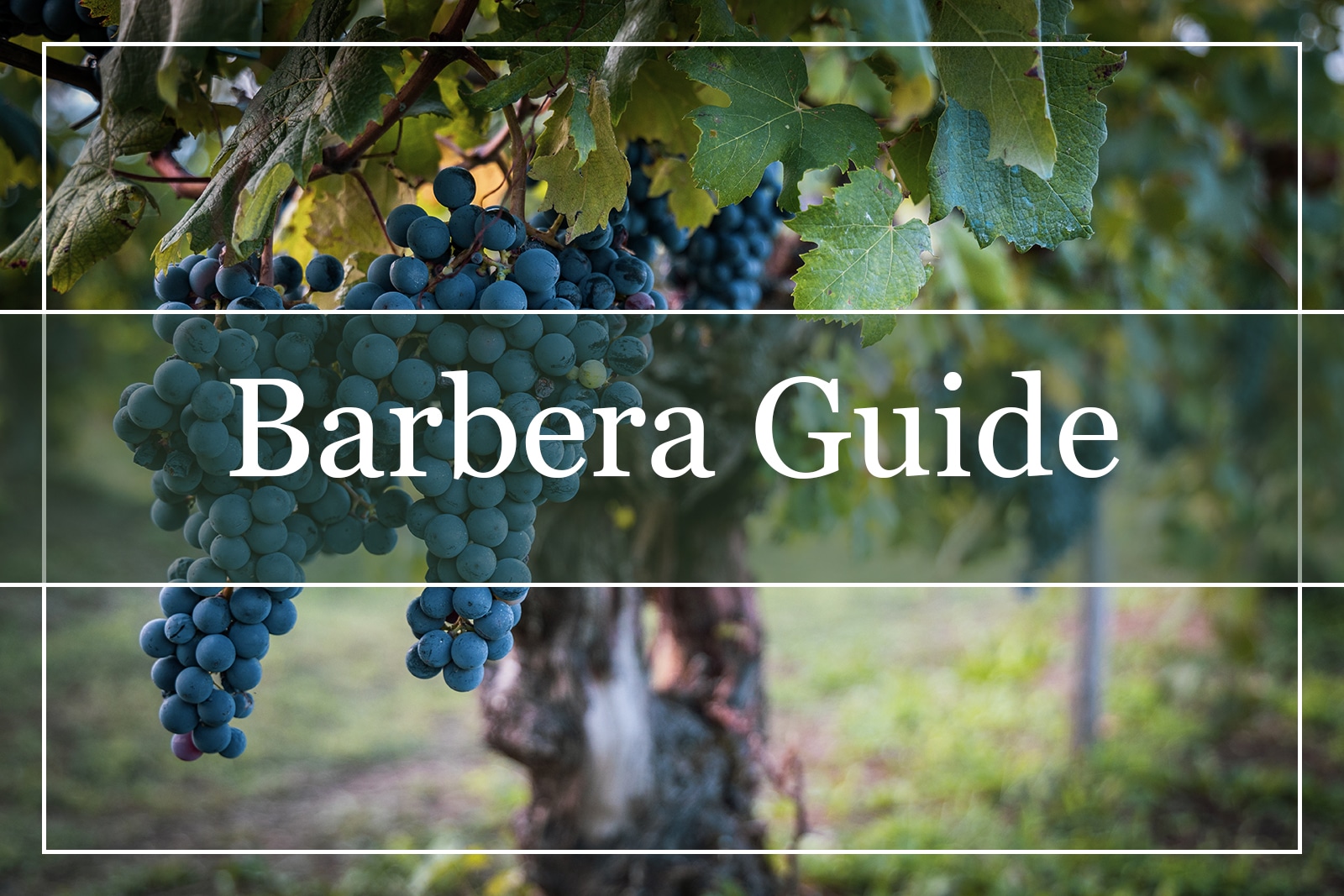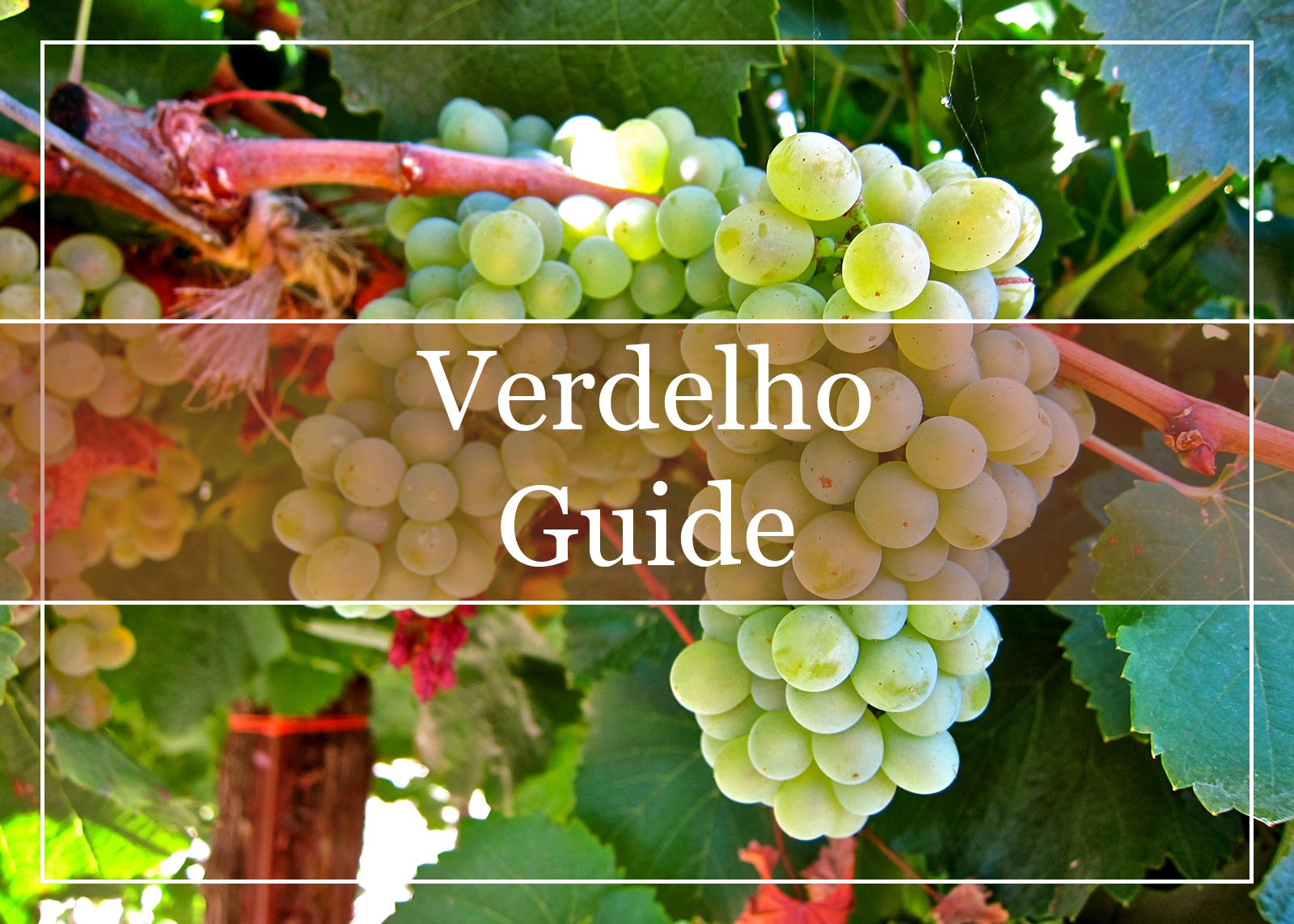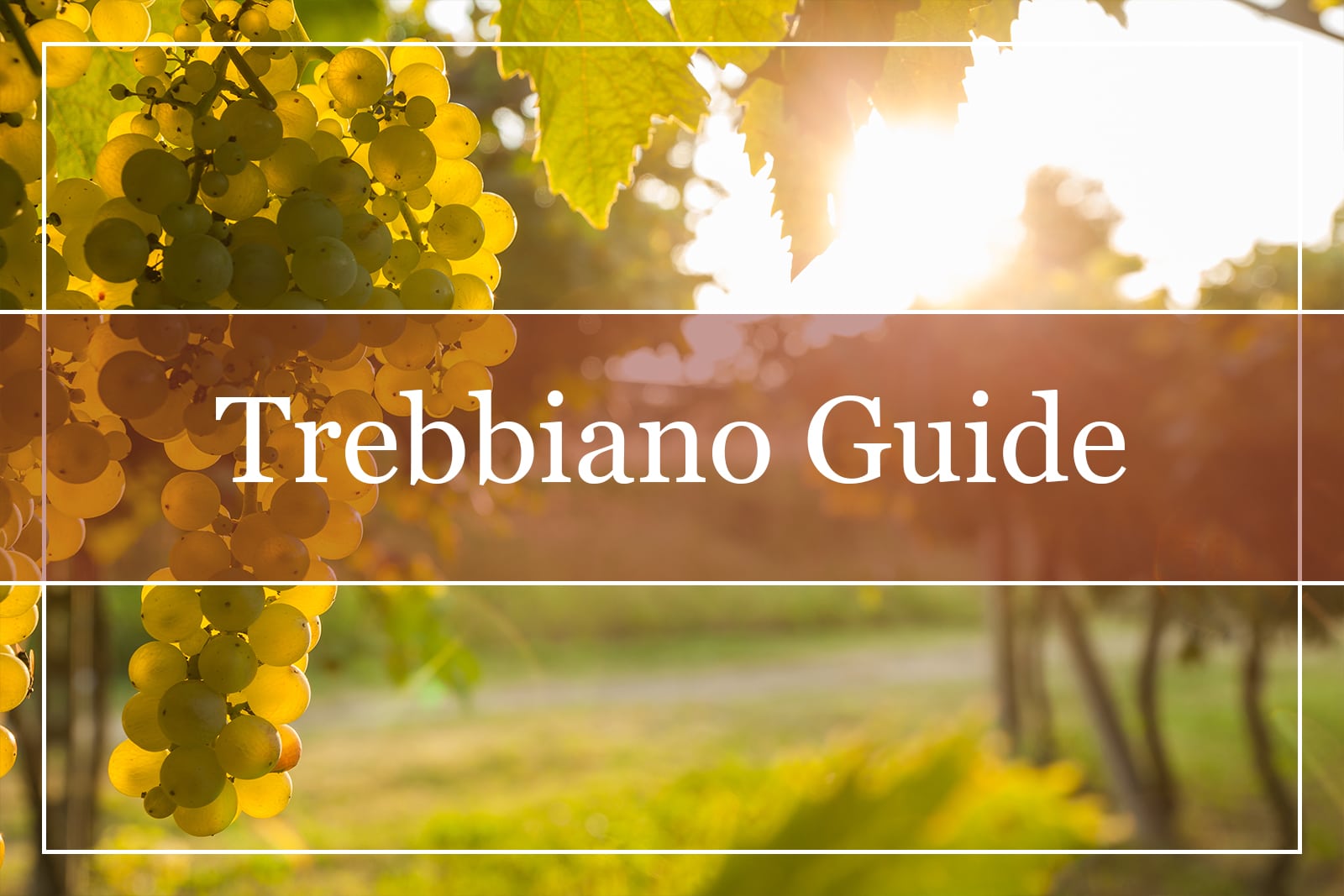What Is Pinot Meunier?
Pinot Meunier, also known simply as Meunier, is a dark-skinned grape variety used as a red blender in the production of Champagne. Meunier is a mutation of the Pinot grape group, sharing the same ancestry and characteristics with Pinot Noir, Pinot Gris, and other Pinot varietals.
Pinot Meunier might be less acclaimed and prestigious than Pinot Noir and Chardonnay, but its role in the Champagne blend is equally crucial. Meunier contributes to Champagne red fruit aromas, high acid levels, and consistency, balancing the heaviness of the Chardonnay with the softness and quietness of the Pinot Noir.
Moreover, Pinot Meunier is planted in super cold areas, where Chardonnay and Pinot Noir cannot thrive. So, it is known as the insurance grape. If Chardonnay and Pinot Noir harvests or vintages are poor, Meunier saves the day, as it is early ripening and frost-tolerant. In the vineyard, Meunier is best suited to sites offering protection from damaging winds. It also tolerates several soil types. However, it does prefer sunny slopes to receive as much sunshine as possible.
As a side note, Pinot Meunier is ideal for non-vintage Champagne, as it matures quicker than Pinot Noir. It can soften the famous sparkling wine distinctively, but if used on its own, without support from Pinot Noir or Chardonnay, it falls out of balance. Therefore, high proportions of Meunier are a common sight in young Champagnes. But not in vintage ones.
Rarely is Pinot Meunier produced as a single-varietal wine for commercial use. That said, the Pinot Meunier characteristics highlight the wine’s pale ruby color and high acidity. They exhibit aromas of fresh berries, citrus, and stone fruits and have flavors of sweet red fruits, hints of nuts, and a slightly smoky sensation.
What Color Is Pinot Meunier?
Pinot Meunier is thin-skinned, just like its cousin, the Pinot Noir. Wine enthusiasts walking in a vineyard can identify Meunier vines by leaves that appear white like flour has been dusted on the underside and lightly on the leaf’s upper side. Under them, purplish grapes should be hanging.
Pinot Meunier is a grape from the Vitis vinifera species, which is the standard Eurasian grape variety. In fact, most grapes used in winemaking are family members of the Vitis vinifera. On top of that, up until véraison and berry ripening, Pinot Meunier grapes are hard and thick to the touch. Véraison period, however, signals the point at which the grapes begin to ripen.
Further, between véraison and harvest, grapes grow and fill with water. During ripening, grape sugar levels rise, and the acid levels drop. Color pigments and flavor components accumulate. Warm and sunny conditions are ideal, while mild water stress inhibits soot growth, encouraging grape ripening. It is then that the grape’s skin changes color, with Pinot Meunier color turning into beautiful red and soft purple.
What Does Pinot Meunier Mean?
Pinot Meunier, as mentioned above, has its origins connected to the Pinot Noir. The bunches of Meunier have the same cone-shaped clusters as those of Pinot Noir. Besides, Pinot Noir means pine cone in French. As to the word Meunier, it is also French and stands for miller. It refers to the floury underside of the vine’s leaves.
How to Pronounce Pinot Meunier?
Wine fans not familiar with the French language might find it challenging, pronouncing Pinot Meunier. But they certainly must learn how to pronounce it, at least, if they want to gain the respect of fellow wine enthusiasts in wine-tasting cycles. There are four syllables in the word and the emphasis on the first and last syllables. Pinot Meunier looks phonetically like this:
nière
If you still have trouble with the Pinot Meunier pronunciation, you can check out helpful audio and video examples online. There are plenty of resources available. So, use them!
Where Does Pinot Meunier Come From?
Pinot Meunier is grown almost entirely in France. Plantings there account for approximately eighty percent of Pinot Meunier in the world. On top of that, Meunier plantings are also in the Loire Valley and Moselle. But they are much smaller in size in comparison to the ones found in Champagne. Pinot Meunier predominates in the Vallée de la Marne, a sub-region of Champagne.
Furthermore, this grape varietal is widely planted in Germany, too. There, however, it is grown under different names such as Schwarzriesling, Müllerrebe, and Müller-Traube. The Württemberg region produces a local wine called Schillerwein from Meunier. It is crisp, refreshing, and light pink in color with intense orange hues. Pinot Meunier has only lately begun to be used in German sparkling wine production, though. Most of the sparkling wines of the country come from Riesling, the German signature grape variety.
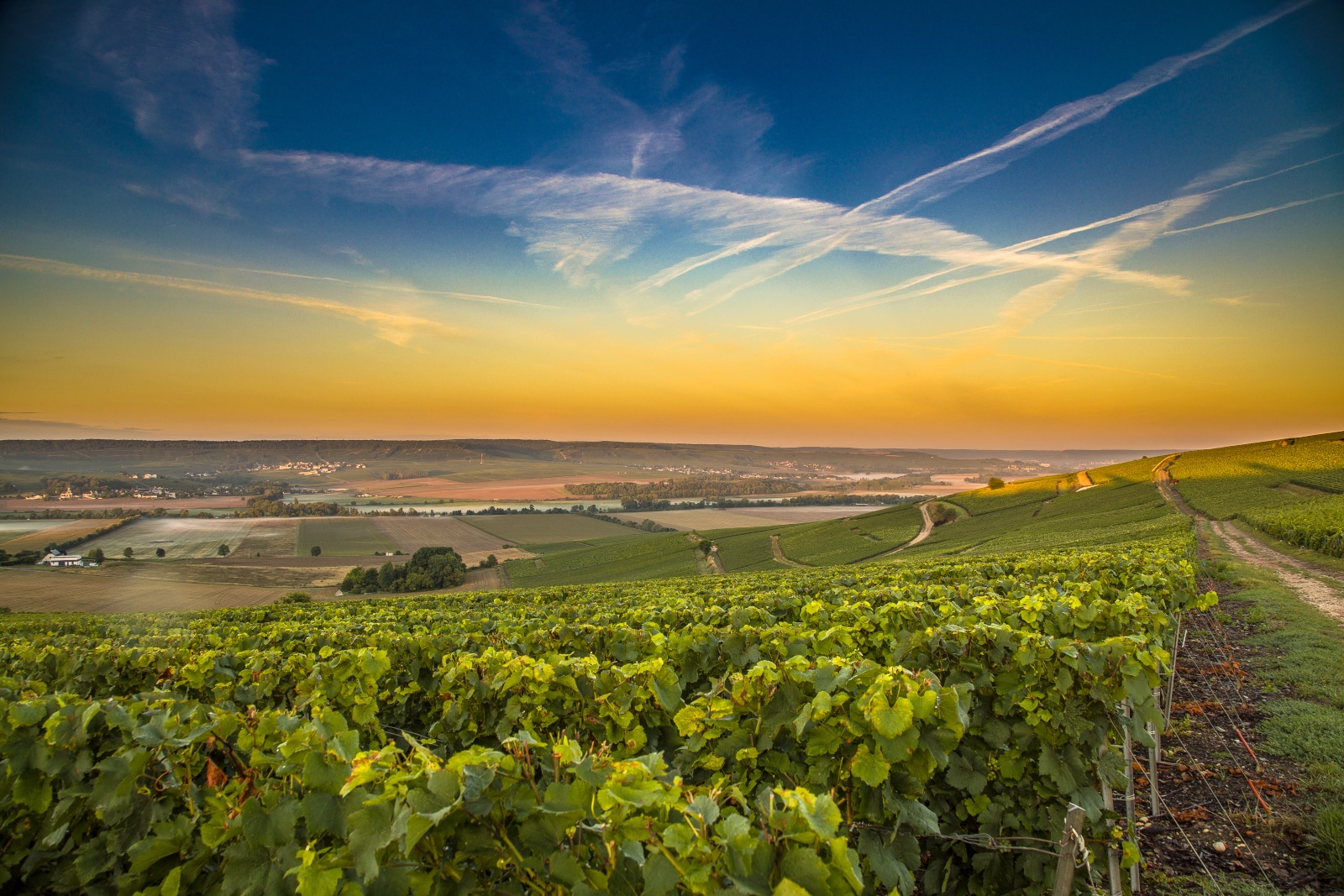
Outside the European continent, Pinot Meunier is grown in the United States and Australia. In California, Carneros is the center of Pinot Meunier, while in Australia, it is cultivated only within the Grampians region of Victoria. In Australia, it is also extensively used for producing sparkling wines in a Champagne-like style.
Other regions growing Pinot Meunier but in relatively small quantities are Austria, Canada, England, New Zealand, and Switzerland.
What Kind of Wine is Pinot Meunier?
If produced as a single varietal wine, Pinot Meunier would be slightly off-dry, with a medium body, grippy tannins, and a medium-to-high acidity. Also, it would be easy-drinking, making it a perfect sipper at a casual BBQ or great for serving during a lighthearted family gathering. By being light and refreshing, Pinot Meunier is delicious when served chilled. And it is always welcomed as wine fans are curious to taste a wine produced by a grape used exclusively to uplift aromatically prestigious Champagne.
Is Pinot Meunier Dry or Sweet?
Pinot Meunier gives dry wines that sometimes might feel a bit off-dryish. So, it is not hard to define Meunier’s profile. It is a pretty straightforward grape variety that produces crisp, almost airy reds. Even a skillful winemaker cannot craft a Meunier-only wine that is complex or super structured. The reason for that is that Pinot Meunier is destined to be a blending component in the Champagne blend. There, Meunier contributes aromatic intensity, fruity flavors, acidity, and a balance.
What Does Pinot Meunier Taste Like?
Pinot Meunier tasting notes are about the freshness and crispiness of the aromas and flavors. You have to enjoy fruit-forward red wines to appreciate a single-varietal Meunier, however.
The Pinot Meunier aroma consists of honeysuckle and rose petals fragrances joined by raspberry and strawberry notes. On the palate, Pinot Meunier taste shows confected fruit with occasional smoky touches, tart cherry, and plum flavors, as well as hints of wet soil. The sparkling acidity is medium-to-high, driving to a nutty finish that floods with mushroom overtones. As a consequence, the Pinot Meunier flavor profile is delightful and palatable, with an elegant texture. A sip of Pinot Meunier brings to mind a Pinot Noir, but in a rougher, less-refined version. Perfect for a rainy afternoon, though.
How to Serve Pinot Meunier?
Pinot Meunier is best served when it is young. However, under certain circumstances, it is suitable for bottle-aging. In fact, like Pinot Noirs, Meunier may potentially mature for over ten years. When it comes to serving the wine, though, the best temperature to serve Pinot Meunier is fifty to sixty degrees Fahrenheit (ten to fifteen degrees Celsius). On top of that, pour the wine relatively slowly into larger-sized red wine glasses or aroma collector glasses, known as Burgundy glasses. This glassware is fantastic at communicating aromas to wine fans and also looks very impressive.
But, since Pinot Meunier is fundamentally fruit-forward, it can lightly chill at fifty-five degrees Fahrenheit (13 degrees Celsius). That would cause both its elegant berry and structured secondary aromas and flavors to elevate, satisfying wine lovers.
Pinot Meunier is designed for long-term storage. It will increase its flavor concentration and develop aromas and flavors of game meat, leather, tobacco, wet leaves, marmalade, and dried fruits.
To mature the wine, seal it with a cork and store it in an environment with room temperatures that do not fluctuate (fifty to sixty degrees Fahrenheit or ten to fifteen Celsius) and a portion of humidity.
Direct sunlight or artificial light should be kept at bay, as they may cause irreversible damage. Intense exposure to light rearranges the chemical compounds found in wine, like oxygen and temperature, and causes wine faults. That means that the wine ages prematurely, and its aromas, flavors, and even color change for the worse. The resulting wine is known as light-struck.
Odors also must be avoided, as they might find their way inside the bottle. If they do, they usually instill unwelcome aromas and flavors, like intense animal sweat or vinegar.
How Long Should Pinot Meunier Breathe?
Pinot Meunier even though it is lightweight as wine, can benefit from decanting. By decanting it, the wine benefit from essential aeration. As the air comes into contact with the wine surface, the aromatic and flavor intensity of Meunier rises, granting an exceptional wine-drinking experience. Additionally, if the Meunier you are serving has undergone extended bottle-maturation, then decanting is essential. Therefore, give the wine thirty minutes to an hour to settle itself in the decanter before serving.
What Food to Pair With Pinot Meunier?
Pinot Meunier food pairing is not that challenging, as the grape accompanies well a variety of food, from meat to mushrooms to vegetables. Pair the wine with pork-based dishes, such as glazed pork fillet and Caribbean-style pork with a papaya sauce or roast duck. Also, the wine is a fantastic companion to mushrooms and grilled vegetables. As such, Pinot Meunier is perfect and works nicely with traditional Thanksgiving meals, where turkey and roasted fall vegetables are the central themes.
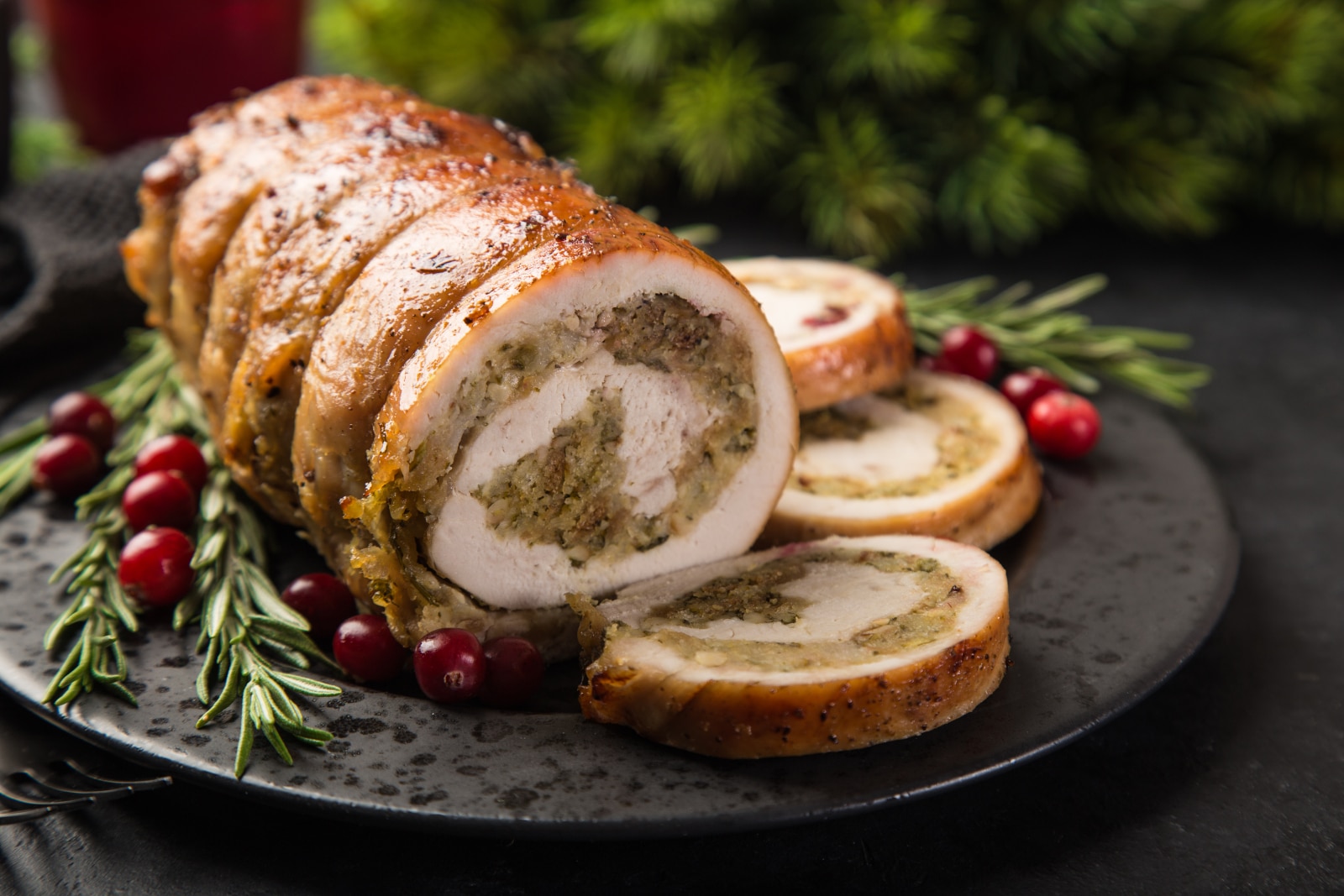
Pinot Meunier Cheese Pairing
Light red wines like Pinot Meunier or Pinot Noir match delicately flavored, washed-rind cheeses and nutty, medium-firm cheeses. Gruyère is an excellent example of nutty cheese. As to Taleggio, it is a semi-soft, washed-rind cheese that is not intense, and therefore, works well with the elegancy of Pinot Meunier. Other cheese choices could be Provolone, Swiss, Brie, Camembert, and Pont L’Eveque. The cheese could be served on a cheese platter or form a part of a hearty pasta dish, such as the American-staple macaroni and cheese or a classic Roman-style pizza.
How Much Alcohol Does Pinot Meunier Have?
The Pinot Meunier alcohol content is in the range of 10 to 12% ABV. That is a low alcohol concentration for a dry red wine, but standard for fruity rosés or sparklings, such as Champagne. Further, remember to check the label on the bottle to be more precise before purchasing, however, and always strive to drink responsibly.
How Many Calories Are There in Pinot Meunier?
Since alcohol is responsible for most calories in wines, Pinot Meunier is bound to be a suitable dietary choice. The carbs in Pinot Meunier range from 1 to 4 grams per glass, while the calories are 19 to 25 per serving. As such, Pinot Meunier makes a fantastic beverage option for consumers on a diet.
Conclusion
Pinot Meunier is considered a leading blending partner in Champagne, the world’s most popular sparkling wine. But unfortunately for the grape, most winemakers see it as just a reliable workhorse because it can grow in challenging regions and climatic conditions. That said, some wine-growers do produce incredible Pinot Meunier examples from old vines dating back to the nineteenth century.
With flavors of bright, tender red fruit with hints of rose and a gentle texture, Pinot Meunier is crispy, fresh, and flirtatious. It may be tricky to find a well-crafted single-varietal Meunier, but if you do, know that you can depend on its suggestive aromas, intriguing fruitiness, and modest savoriness. To sum it up, it is a grape that has lots to give. And perhaps, it is time for winemakers to start giving it more attention, actively producing Pinot Meunier-only wines.

